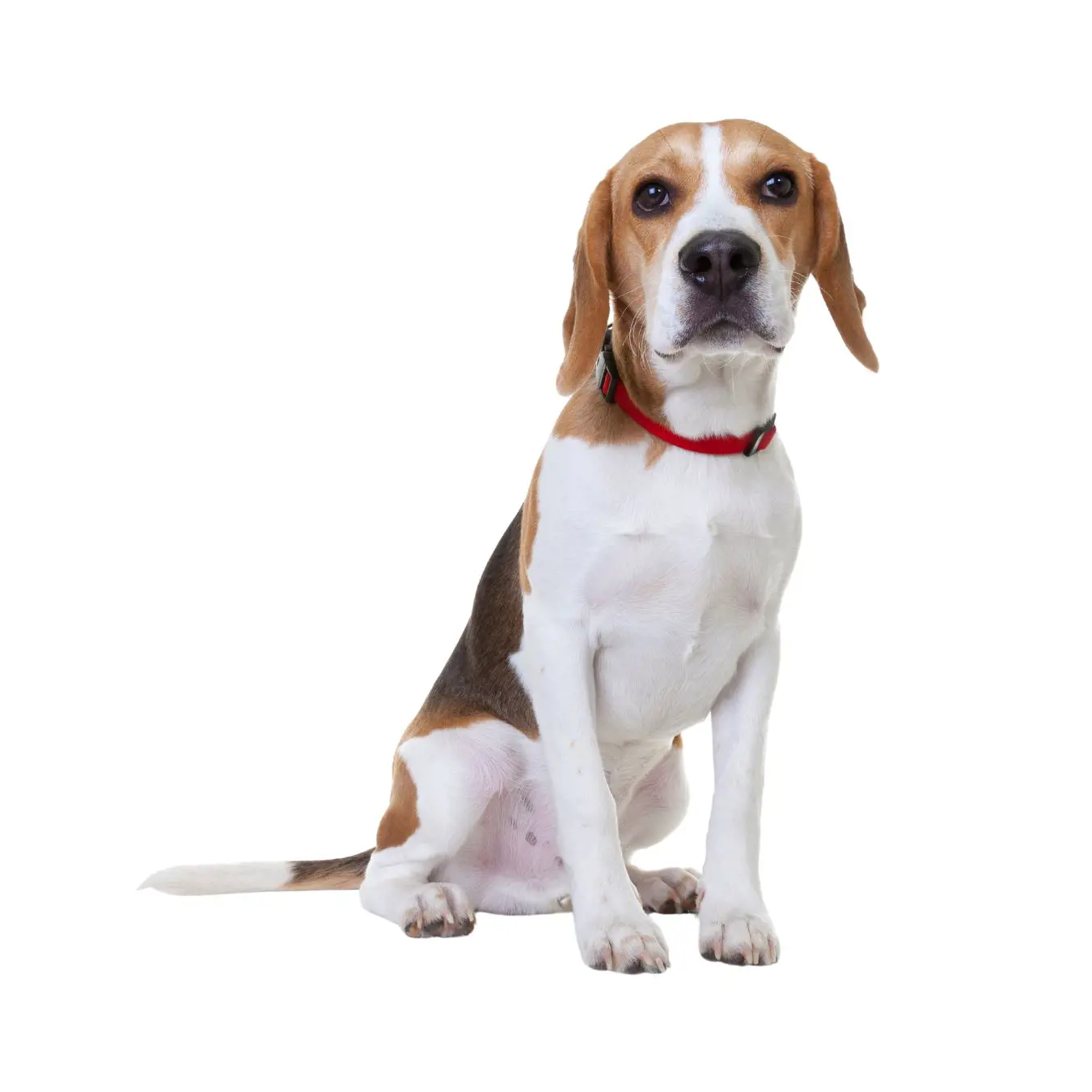A distinctive feature of a Pug's face is its unique combination of a wrinkled forehead and large, expressive eyes. This characteristic in their appearance is further accentuated by the breed's short muzzle, often described as "squashed" or "flat-faced".
The Pug's facial wrinkles are not merely superficial but form deep, pronounced folds that give the breed its endearing and somewhat comical look. This distinct facial structure, coupled with their round, dark eyes, contributes significantly to the Pug's charm.



























